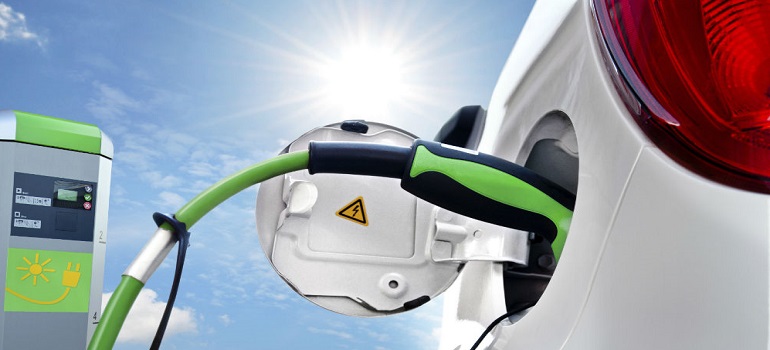
NITI Aayog and Rocky Mountain Institute in a recent report titled “India’s Electric Mobility Transformation: Progress to Date and Future Opportunities” revealed that Electric Vehicles (EVs) sold in India through 2030 can save 474 million tons of oil equivalent, worth INR 1521 thousand crores over their lifetime.
This would result in net reduction of 14 Exajoules of energy and 846 million tonnes of CO2 emissions over the deployed vehicles’ lifetime.
The report analyses the opportunities for the automobile sector and government under the FAME II scheme.
According to the report electric buses deployed through 2030 would account for 334 billion vehicle kilometers travelled over their lifetime.
Niti Aayog in the report stated – with the support of government and industry, India can realize a shared, electric and connected mobility system. When FAME I was first announced in 2015, this future seemed to be a futuristic goal. Now, with the launch of multiple policies that provide fiscal and non-fiscal incentives, the vision of a transformed mobility system for India appears within reach. This transformation will potentially benefit the country by improving air quality, reducing oil imports, and creating jobs among other benefits.
Certainly EVs do not exist in isolation. EVs are just one component of a new mobility paradigm in which transportation is shifting from an ownership to a usership model. Thought will need to be given to the system as a whole, taking into account the implicaations of new mobility models that will come along with this transition and supporting infrastructure which will enable India’s shift to a shared, clean and connected mobility system. Increasing adoption of electric mobility is one key component of this larger transition. While FAME II and other recent policy developments are an important step in motivating this transition, they are not an end, they are a beginning. The potential benefits are larger than their direct impact, said the report.
The report also notes that in order to capture the potential opportunity in 2030, batteries must remain a key focal point today. Batteries will continue to be the key cost driver of EVs. This highlights the critical importance of India’s commitment to transformative mobility solutions and the market opportunity associated with domestic battery manufacturing.
The report further added -Growing India’s battery manufacturing ecosystem will create huge competitive advantages in mobility, consumer electronics, and support a stable and resilient electricity grid that can absorb increasing shares of renewable energy. In this way, batteries have leverage over several of the most dynamic and growing sectors of India’s economy. Such a transformation will do more than enable the clean movement of people and goods. It will create benefits that will reach to almost every corner of India’s economy and geography.
MORE TO READ:
BHEL inviting bids for the supply of EV DC and AC chargers
Two-wheeler segment to face a rough road under FAME II :Crisil

